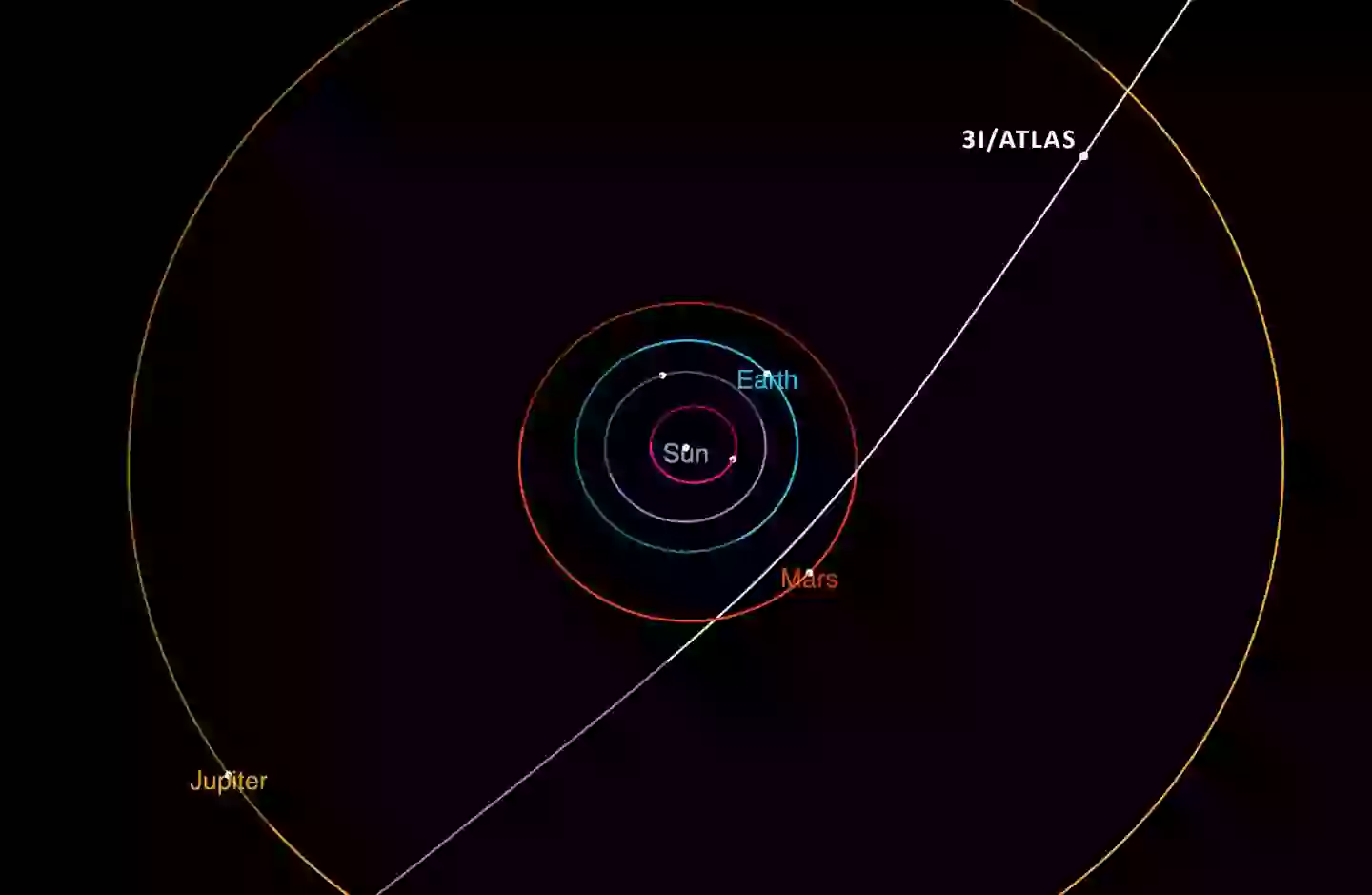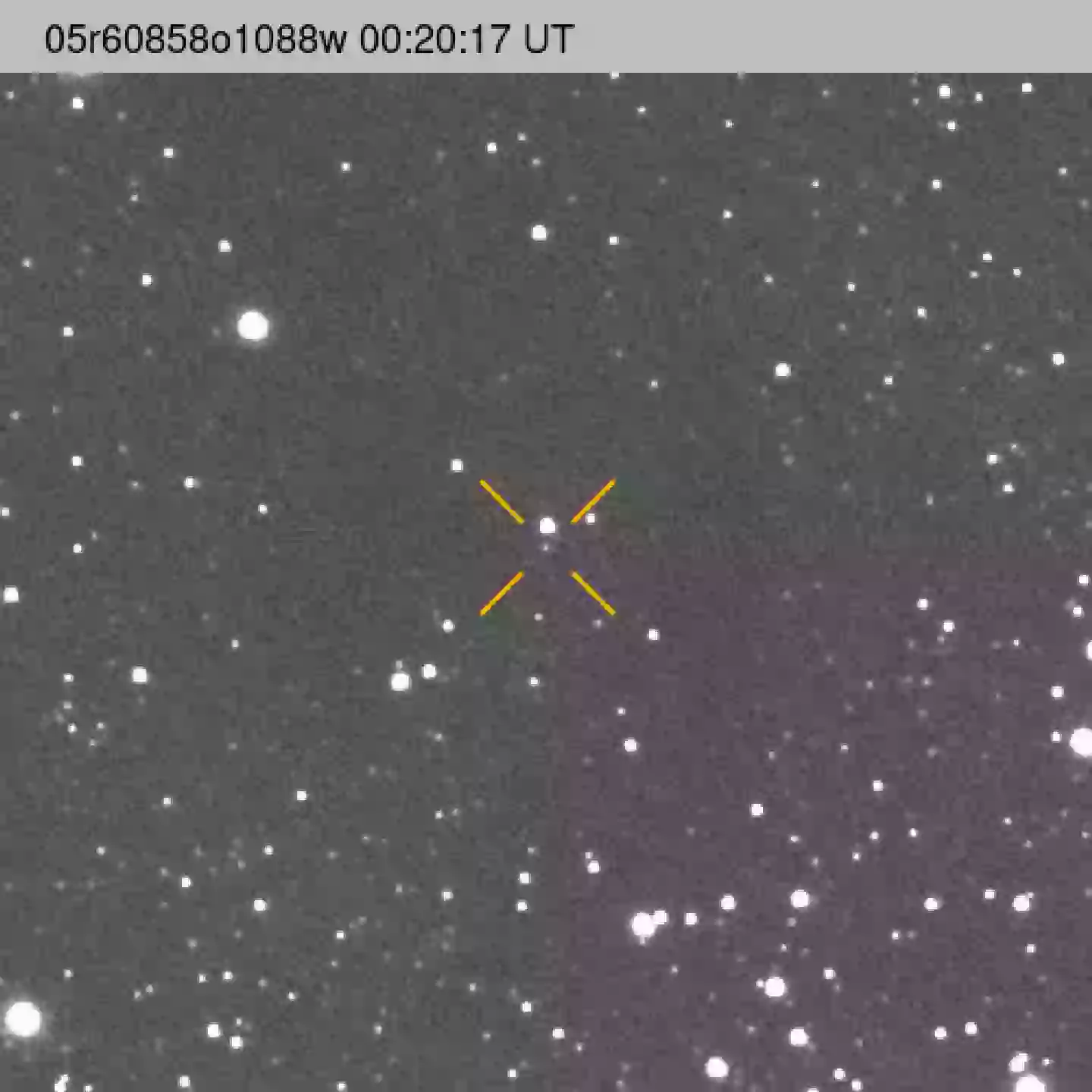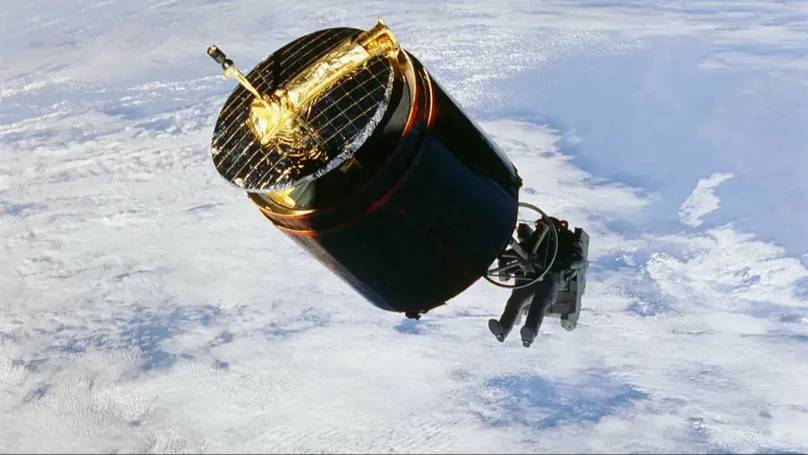Mysterious Interstellar Object Racing Toward Earth at 130,000 MPH Sparks Harvard Scientist’s Warning
Ever wonder what speeds like 130,000mph actually look like when an object is zooming through space? Well, 3I/ATLAS just took the title for the fastest interstellar visitor we’ve ever spotted—straight through our solar system like it’s late for a cosmic appointment. Discovered by NASA’s ATLAS system on July 1, this blazing comet is only the third known object from beyond our solar backyard to swing by—following in the mysterious footsteps of ‘Oumuamua and comet Borisov. Now, before you picture a giant asteroid barreling towards Earth, breathe easy: it’s wrapped in a foggy coma of gas and dust, not some doomsday rock. Still, the truth is, nobody’s got a clue where it even started its breakneck journey. So, is this just an interstellar tourist or could it be something… more? Buckle up, because this cosmic speedster might just rewrite what we think we know about visitors from the great beyond. LEARN MORE
An interstellar object observed by the Hubble Space Telescope has been confirmed as the fastest ever to travel from beyond our solar system.
3I/ATLAS was discovered by NASA’s Asteroid Terrestrial-impact Last Alert System (ATLAS) on 1 July, and is just the third interstellar object ever recorded to enter our solar system, after ‘Oumuamua in 2017 and comet Borisov in 2019.
Observations showed that it was a coma (a cloud of gas and dust) rather than a giant Earth-destroying asteroid, which is always good.
But for the comet to be travelling at 130,000mph means it’s simply too fast to be gravitationally bound by the Sun, and that’s why it’s interstellar.
“No one knows where the comet came from,” says David Jewitt, the science team leader for the Hubble observations.
“It’s like glimpsing a rifle bullet for a thousandth of a second. You can’t project that back with any accuracy to figure out where it started on its path.”

3IATLAS is travelling through space at 130,000mph (NASA)
Just days after it was discovered, initial estimates suggested that 3I/ATLAS was around 20 kilometres (12 miles) in size, and it made experts think it could be an unidentified alien object.
Professor Avi Loeb, of Harvard University, told MailOnline that if 3I/ATLAS could be something out of the novel Rendezvous with Rama by Arthur C. Clarke.
It’s the story of an object from beyond our solar system which turns out to be a spacecraft from an alien civilisation.
The theoretical physicist says the latest calculations show 3I/ATLAS to be up to 200 times larger than the 100-metre-long ‘Oumuamua.
Professor Loeb said: “Now you ask, ‘how many objects on the scale of ‘Oumuamua are there for each object that is 24 kilometres in size?’

Are aliens coming? (Getty Stock Images)
“The answer is about a million. But we haven’t seen a million ‘Oumuamua-sized interstellar objects before seeing this one, it’s very strange.”
If it does end up being an extra-terrestrial object, the scientist says we obviously need a plan.
“The response has to depend on its properties and its intent — what is it doing as it comes closer to us?” he added.
“And it’s just like having a visitor in your backyard. You can’t decide on the policy for all visitors. It really depends on the intent of the visitor, and it’s just next door.”
However, more recent estimates reveal that 3I/ATLAS is likely to be a bit smaller, at 5.6 kilometres to 320 meters (3.5 miles to 1,000 feet) in length.

3I/ATLAS is just the third confirmed interstellar object to enter our solar system (NASA)
“This latest interstellar tourist is one of a previously undetected population of objects bursting onto the scene that will gradually emerge,” added Jewitt.
“This is now possible because we have powerful sky survey capabilities that we didn’t have before. We’ve crossed a threshold.”
Also, don’t worry, because the comet poses no threat to us as it’s expected to pass between the orbits of Earth and Mars without striking anything.
Its closest point to the Sun will be on 30 October, 130 million miles away.
The interstellar visitor will be visible from Earth until September, then will be hidden by the Sun, before returning in December.















Post Comment